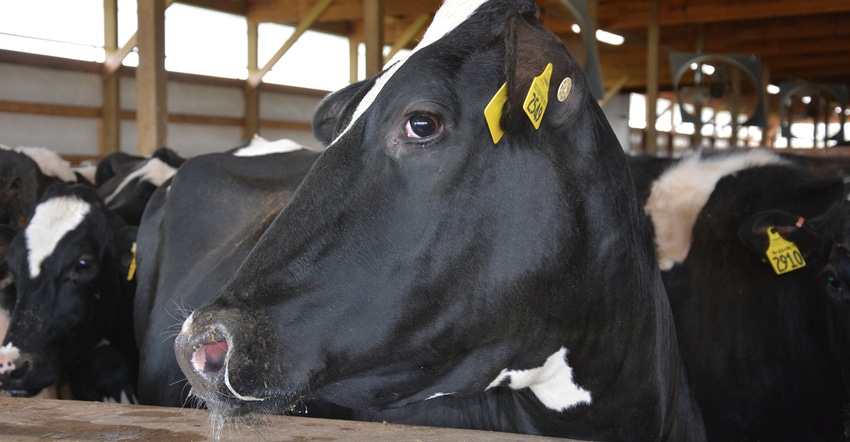March 9, 2022

When I used to visit classrooms as a volunteer to talk with students about dairy farming, I often included a video, “Make Mine Milk,” that featured three teens traveling from farm to store and learning about milk production, processing and marketing.
The video also touched on dairy nutrition. One teen is handed a can of pop and a carton of milk and is asked to read their ingredients. Looking quizzical at the pop label, she stumbles on her pronunciation — carbonated water, aspartame, phosphoric acid, potassium benzoate. Then she is handed a carton of milk and smoothly reads: vitamin D, calcium, vitamin A, etc.
“If you can’t say it, don’t drink it,” she concludes.
One could tweak this comparison a bit and apply it to the byzantine U.S. milk pricing system. If you’re frustrated that you cannot explain how your milk check is figured, dairy farmers, then work to simplify it.
Easier said than done, for sure. Updating milk pricing and marketing ranks right up there in comparable complexity to simplifying the tax code or passing immigration reform.
Since the 1937 Ag Marketing Agreement Act, milk has been sold under federal milk marketing orders (FMMO). Back then, legislation was needed to help provide adequate milk supplies for orderly marketing in designated regions and to ensure reasonable prices to both dairy farmers and consumers. More than 80 federal orders regulated a predominantly national fluid milk market.
Fast forward to today. We have 11 federal orders, and we eat most of our dairy in the form of cheese, ice cream, butter and other milk-based foods. Federal orders were last reformed in the 1990s.
To gain a basic understanding of milk marketing, check out the American Farm Bureau Federation’s primer at fb.org.
FMMO reform is again in the limelight, particularly since a reported $750 million in farmer revenue was lost in the second half of 2020 caused by flaws in the milk pricing system. Various dairy groups have their ideas on what needs to be changed, but there is no consensus yet. Meanwhile, some dairy farmers are frustrated and have lost trust in the system.
During a Feb. 15 webinar hosted by the American Dairy Coalition (ADC), a farmer-led organization that focuses on federal policy, speakers discussed FMMO history, challenges with the current system and ideas for change.
Those included changing the Class I formula; updating make allowances; pricing milk based on its end use, not through government formulas; eliminating classes of milk and letting milk plants compete; removing regulated minimum prices; and phasing out Class I differentials over time.
During the question-and-answer session, some farmers expressed concern that if they speak out against federal orders or disagree with their co-op’s position on the issue, they could be dropped as members and not have their milk picked up.
Nonetheless, they offered ideas, such as having a milk price set by the market, not the government, that pays for milk when it leaves the farm, not its end-product use. Bottom line, they want simplified milk pricing and to be able to understand their milk checks.
The National Milk Producers Federation, the lobby arm for 24 dairy cooperative members, agrees FMMO is ripe for reform and expects to lead the charge. The challenge, as always, is the insistence on a national answer, a national consensus. Federation leaders know whatever they come up with will not benefit all, yet they believe it will bring gains for producers.
ADC members want dairy farmers to get involved in learning about FMMO reform and not be shy about asking questions to understand what is going on and why, and then to work toward finding solutions.
To learn more about milk marketing and FMMO reform, watch ADC’s YouTube video on its Feb. 15 forum.
You May Also Like




